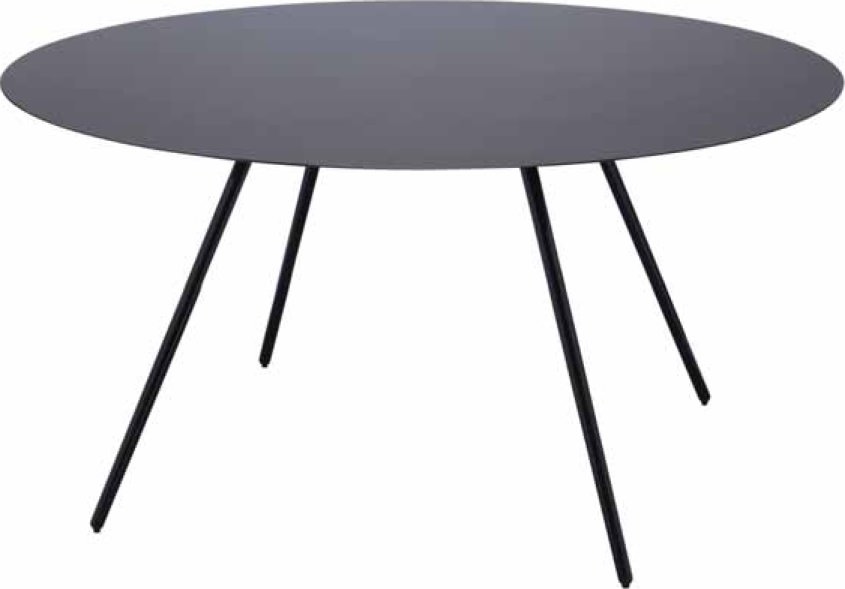Carbon exists in both crystalline and amorphous forms, which goes some way to explain how, from a single substance, a vast array of materials ranging from graphite to carbon fibre with opposing properties can be arrived at. Amorphous materials have no definite shape, they break to give curved or irregular faces, and they also soften and will melt over a specific temperature range. Crystalline materials consist of individual crystals, and are arranged in a well-defined shape.
Although it originates from the same element as diamond, carbon fibre is one of the new man-made, high-tech materials that has come to be associated with premium, high-end luxury. Consisting of shiny black filaments of fibres drawn from approximately 90 per cent carbon it is renowned as a high-performance material with aspirational qualities. These associations are partly based on beautiful pattern of the fibres and also because of its high tensile strength. Although in products like high-end pens, the tensile strength is not of huge benefit, it is worth noting that in comparison to a human hair, which has a tensile strength of 380MPa, carbon fibres – at 4137 MPa – have one of the highest tensile strengths of any widely used material. This is partly because of its atomic structure. Unlike the layered, chicken-wire structure of graphite – another form of carbon – carbon fibres consist of ribbons of carbon atoms aligned parallel to the axis of the fibres, giving it its supreme strength.
Image: Terence Woodgate table

Key features
•High strength-to-weight ratio
•Four times as a strong as high-tensile steel
•Resistant to compression
•Chemically inert
•Resistant to chemicals
•Low friction
•Non-toxic
•Good stiffness
•Can withstand high temperatures
Sources
Widely available.
Cost
£22.60 ($35) per kg.
Sustainability issues
The high strength-to-weight ratio of carbon fibre composites often means a weight reduction in many applications, especially aviation and transport, which can result in fuel savings. The main eco issue with any composite material is around recycling. Although there are more and more companies who are able to separate the raw materials, composites are notoriously difficult to reuse. However, there are a limited number of companies who can recycle carbon fibres.
Production
Carbon fibres are one the most widely used performance fibres for advanced composites. They can be woven into textiles and used with epoxy or polyester resins to reinforce plastics in processes such as filament winding, pultrusion and autoclave moulding to give a higher strength-to-weight ratio than metals.
Typical applications
Applications range from the purely banal, such as toilet seats, to car chassis in Formula One. Other uses include ‘exclusive’ pens, tennis requests, fishing rods and industrial applications for aircraft and civil aviation.
| + | – |
|
–Relatively lightweight –High tensile strength –Withstands high temperatures |
–Limited recycling options |
